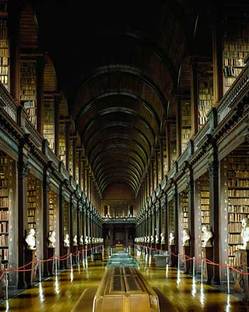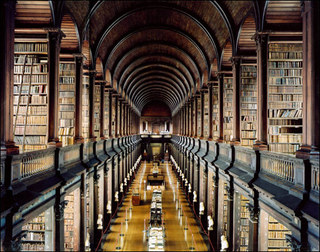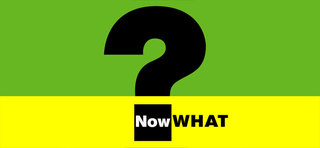Late yesterday, the struggling San Francisco Asian Art Museum got a reprieve — but it’s a brief one, and if it’s not enough potential consequences are dire.
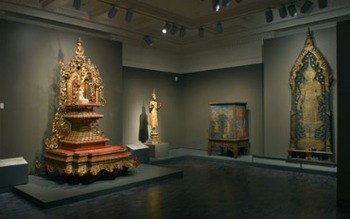 According to The Bond Buyer, the museum’s foundation received “a 30-day extension on some obligations related to the expiration of a letter of credit from JPMorgan Chase & Co. backing $120 million in bonds.”
According to The Bond Buyer, the museum’s foundation received “a 30-day extension on some obligations related to the expiration of a letter of credit from JPMorgan Chase & Co. backing $120 million in bonds.”
That gives the museum foundation until Jan. 21 to restructure its revenue bonds; its credit rating was downgraded by Moody’s Investor Services to junk status on Friday as the letter of credit expired. Moody’s also placed the foundation on its watch list, with negative implications for its credit ratings. And, The Bond Buyer said:
If the foundation is required to repay the bank bonds in quarterly payments over five years, its annual payments would hit $29.85 million plus interest, with the first $6 million payment due March 21, according to Moody’s.
If that happens, the museum would probably have to enter bankruptcy proceedings, according to the San Francisco Sentinel:
The museum and its assets could still be seized and sold off at Sotheby’s or Christie’s auction houses in 2011, according to City Hall sources, if a solution is not agreed to by the new drop-dead date of Jan. 21, 2011.
If those City Hall sources are correct, there’s been a turnaround: In November, when The Wall Street Journal chronicled the museum’s woes, Mark McLoughlin, the museum’s chief financial officer, told the writer otherwise. He wrote: “even in a worse-case scenario…the collection and the building itself would be safe from creditors. That is because both are owned by the City and County of San Francisco, so in the event of a bankruptcy filing, creditors could only go after about $70 million of endowment money and minor assets owned by the museum’s foundation.”
Around that time, the museum had to issue a statement that it was “open for business”…”despite financial challenges.” Yesterday, the Sentinel said, it issued another statement that “the various parties continue (discussions) at very high levels, and the Asian Art Museum continues to be optimistic that a suitable agreement will be reached.” (It is not, as of now, posted on its website.)
But SF Mayor Gavin Newsom made an interesting comment that was picked up by the San Francisco Examiner. He praised the collection, but criticized the museum’s location in the city’s Civic Center — people with long memories will recall that the museum took over the old Beaux Arts library, despite criticism that Asian art did not sit well in a grand European-style building.
Newsom said the location meant that the museum had to work “more aggressively” to attract visitors, which was hardly the sentiment when the museum moved there.
But Newsom made one good point: he said the foundation is going to have to “step up a bit more in terms of fundraising.”
Photo Credit: Courtesy of the Asian Art Museum

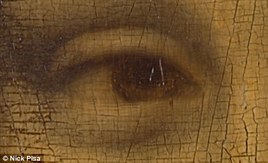
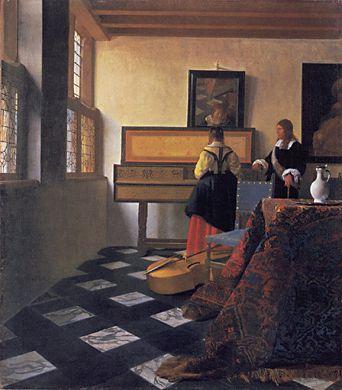 For the Dulwich’s 200th anniversary year, which begins in January, Dejardin is borrowing one
For the Dulwich’s 200th anniversary year, which begins in January, Dejardin is borrowing one 